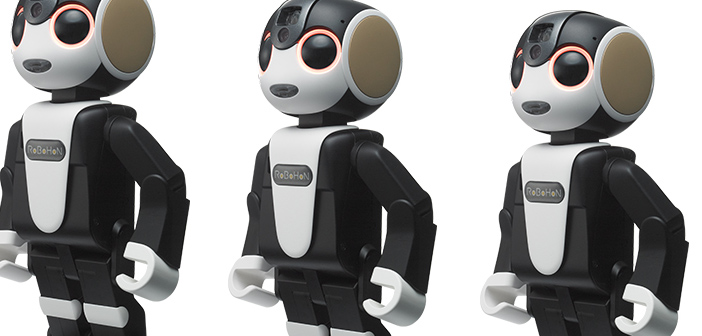By Nick Black, CEO at Apadmi
Looking back on the major technological advancements of 2015, we have seen a number of innovative new products hit the market that have the potential to transform the way we communicate and complete daily functions. With this in mind, I am naming my top three tech products of the year.
This year we have seen the launch of several intuitive products that have transformed the market. The smart devices and applications that have been developed in 2015 have helped to increase the interconnectivity between people and machines, as well as helping to collect more user data than ever before.
While there have been a number of notable announcements in the technology industry this year, there are three products that deserve a special mention, which are explored below.
Wearable technology
Wearable technology initially had a rather slow start and for many people lacked substance and longevity. After only a few short months, the first wave of wearable users had either gotten bored with their purchases or had completely forgotten to put them on.
However on 8 March 2015, all the other earlier wearables were completely blown out of the water by the announcement of Apple’s first smartwatch. The Apple Watch offered customers a stylish looking product that could actually replace the smartphone in its capabilities.
The reason the Apple Watch made the top three list this year is because it is the first wearable device which has actually been able to offer a fashionable but functional piece of technology. Major fashion designers such as Karl Lagerfeld collaborated with Apple to design sleek looking watches whilst the technology within the device allows users to complete a number of useful functions, such as making retail payments, communicating with friends and not to mention the ample of beneficial apps it can contain.
Cisco’s annual Visual Networking Index forecast (VNI) shows that, thanks largely to the popularity of the Apple Watch, the uptake of smart devices will skyrocket in the next few years, with 16.4 million wearable and smart devices expected to be created by 2019, up from 2.8 million in 2014.
However, despite its success, there is still a lot of uncertainty about how secure wearable devices are. Concerns over privacy are one of the biggest barriers to adoption. Our Wearable Tech report, launched earlier this year, found that nearly half of Brits currently feel wearables pose a threat to their privacy and so moving forward, tech companies need to do more to educate and reassure consumers that their data is not being shared and that the technology is safe to use.
Internet of Things (IoT)
The year 2015 has also seen interest in the IoT peak considerably. The IoT is a broad term and essentially describes the rise in machine to machine communication and requires a network of data-generating sensors to collect, store and exchange data.
As the capabilities of IoT expand, we are seeing a change in the way people can interact with their environments, and this increase in interconnectivity has practical application in a number of sectors. For example, the IoT can be used to improve healthcare services by enabling remote health monitoring and emergency notification systems. Remote sensors can monitor patient outcomes such as blood pressure and heart rates and as this technology gains popularity, we are likely to see it used within many other sectors.
According to Gartner, there are currently 4.9 billion products connected to the internet, and by 2020 it is predicted that this will increase to over 50 billion.
Having said this, the IoT is still in its very early stages and there is still a lot of confusion surrounding how to use it and what it involves. This coupled with a very long development time for app developers means that it could be a good few years yet before the technology has widespread use.
Apple Pay
Apple has had a bumper year in 2015 as it announced not just one but two major product launches that have both taken the market by storm. In October this year Apple launched Apple Pay, which allows users to complete purchases with just one touch of their mobile devices, without the need to remember various pin codes for all their credit cards. Using the Passbook app, users can easily add and store cards and to authorise a payment customers must provide a unique fingerprint match to verify a purchase meaning the new technology is also extremely secure.
However, at present, several limitations of the product are hindering its uptake. To begin with, the payments are limited to £20 per transaction preventing people from using it from buying items over this amount. This coupled with the fact that not all retail stores are actually accepting Apple Pay as of yet means that a lot of consumers will be hesitant to adopt the new technology until it has more widespread use.
Despite all three of these product accomplishments over the past year, there is still considerable room for improvement. Although the Apple Watch has succeeded in providing customers with one of the first wearable devices with actual longevity, the wearable technology industry must firstly address issues over privacy if it is to gain the trust of customers. Similarly, the IoT has potential to transform the way in which people interact with their environments, however considerable investment is needed to ensure the products have useful application.
And Apple Pay, despite having the potential to transform the way in which people complete payments, must gain widespread use in stores before most consumers are likely to get on-board.
It will be interesting to see what the New Year will hold for these products, but if these issues are properly addressed then all three products have the potential to really shake up the industry.
Apadmi is a UK mobile app developer and ranks within the top 10 app developers globally.





